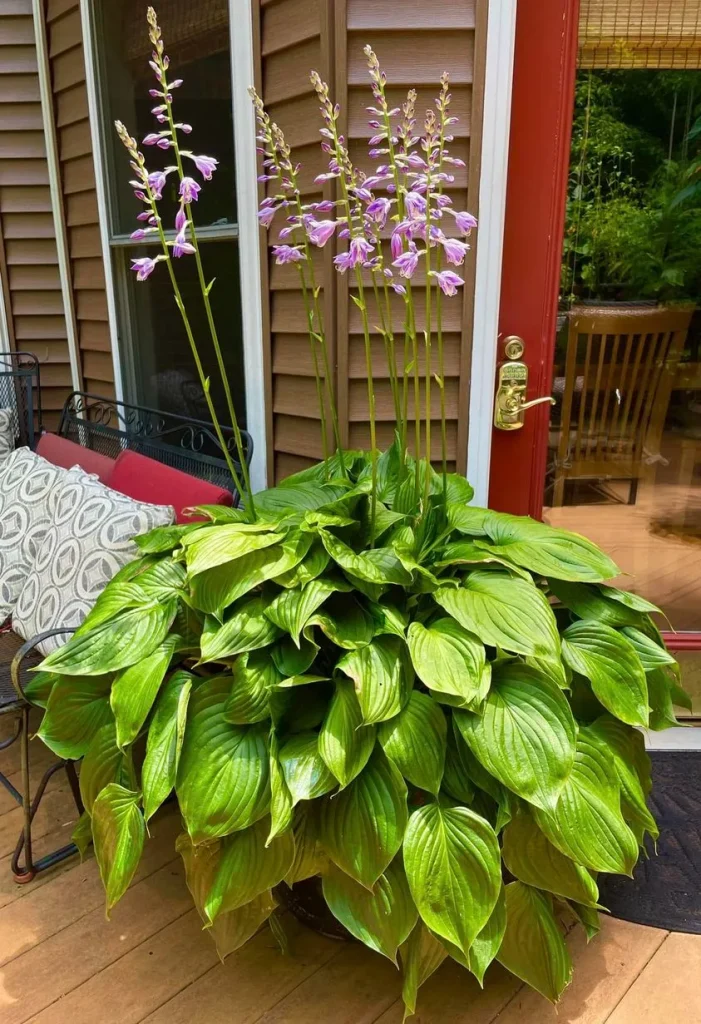September 27 – Aira
"Aira, the hair grass, defines September 27."
Aira symbolizes gentleness and adaptability. You bring lightness and grace, adjusting effortlessly to change. Like its soft blades, your beauty lies in subtlety.
A Delicate Dance: My Exploration of the Aira Genus
The world of grasses often gets overlooked. We walk on them, play on them, and yet rarely stop to truly appreciate their delicate beauty and resilience. As a botanist, I, Ferb Vu, find myself drawn to the unassuming elegance of these plants, particularly those belonging to the genus Aira.
Aira, commonly known as hair-grass, is a genus of Old World plants in the Poaceae family. These grasses are native to western and southern Europe, central and southwest Asia, and Africa. They are characterized by their slender leaves and stems, which lend them an ethereal, almost wispy appearance. The name “hair-grass” itself evokes a sense of fragility and delicacy, and indeed, these grasses seem to dance in the slightest breeze.
My fascination with Aira began during a field trip to the Mediterranean. I was immediately captivated by the way these grasses thrived in seemingly harsh conditions, their delicate forms swaying gracefully in the dry, sandy soil. This sparked a desire to learn more about their diversity and adaptability.
A Closer Look at Aira Species
The Aira genus comprises several species, each with its own unique characteristics:
- Aira caryophyllea: Also known as silver hair-grass or silvery hairgrass, this annual grass is widespread across Europe, western Asia, and North Africa. It is recognizable by its silvery-purple panicles and is often found in dry grasslands and heaths.
- Aira praecox: This species, known as early hair-grass, is another annual grass found in similar habitats to Aira caryophyllea. It is distinguished by its smaller size and compact panicles.
- Aira cupaniana: This annual grass is native to the Mediterranean region. It has a more robust form compared to other Aira species and is characterized by its spreading panicles.
- Aira elegans: This species is known for its graceful, drooping panicles, which give it a more delicate appearance compared to other Aira species.
- Aira multiculmis: This perennial grass is less common than the annual species and is characterized by its numerous stems and dense tufts.
- Aira hercynica Romero Zarco, M.Á.Ortiz & L.Sáez
- Aira minoricensis P.Fraga, Romero Zarco & L.Sáez
- Aira provincialis Jord.
- Aira scoparia Adamovic
- Aira tenorei Guss.
- Aira uniaristata Cav.
The Importance of Aira
While Aira grasses may not have the same economic importance as some other crops, they play a vital role in their ecosystems. They provide food and shelter for various insects and small animals, and their roots help to stabilize the soil, preventing erosion.
Moreover, Aira grasses have a subtle beauty that can enhance any landscape. Their delicate forms and graceful movements add a touch of elegance to meadows, grasslands, and even rocky outcrops.
My Ongoing Research
My current research focuses on understanding the genetic diversity of Aira and how this diversity relates to the species’ adaptability to different environmental conditions. I am particularly interested in how these grasses have evolved to thrive in dry, nutrient-poor soils.
By studying the genetic makeup of different Aira species, I hope to gain insights into the mechanisms that allow these plants to tolerate stress and adapt to changing environments. This knowledge could potentially be used to develop more resilient crops that can withstand drought and other environmental challenges.
The study of Aira is not just about understanding the grasses themselves; it’s about understanding the delicate balance of the ecosystems they inhabit. It’s about appreciating the beauty in the seemingly insignificant and recognizing the importance of every living thing, no matter how small or unassuming.
As I continue my research, I am constantly amazed by the resilience and adaptability of these delicate grasses. They serve as a reminder that even in the harshest environments, life finds a way to thrive, and that beauty can be found in the most unexpected places.
If i die, water my plants!



